"I do not recommend hookless wheels": Silca's CEO apologizes, but maintains his stance
A few weeks ago, Josh Poertner, current CEO of Silca and former technical director of Zipp, caused a stir in the cycling world by calling hookless road wheels a scam. Far from backing down, Poertner has reaffirmed his statements although he has clarified his words.
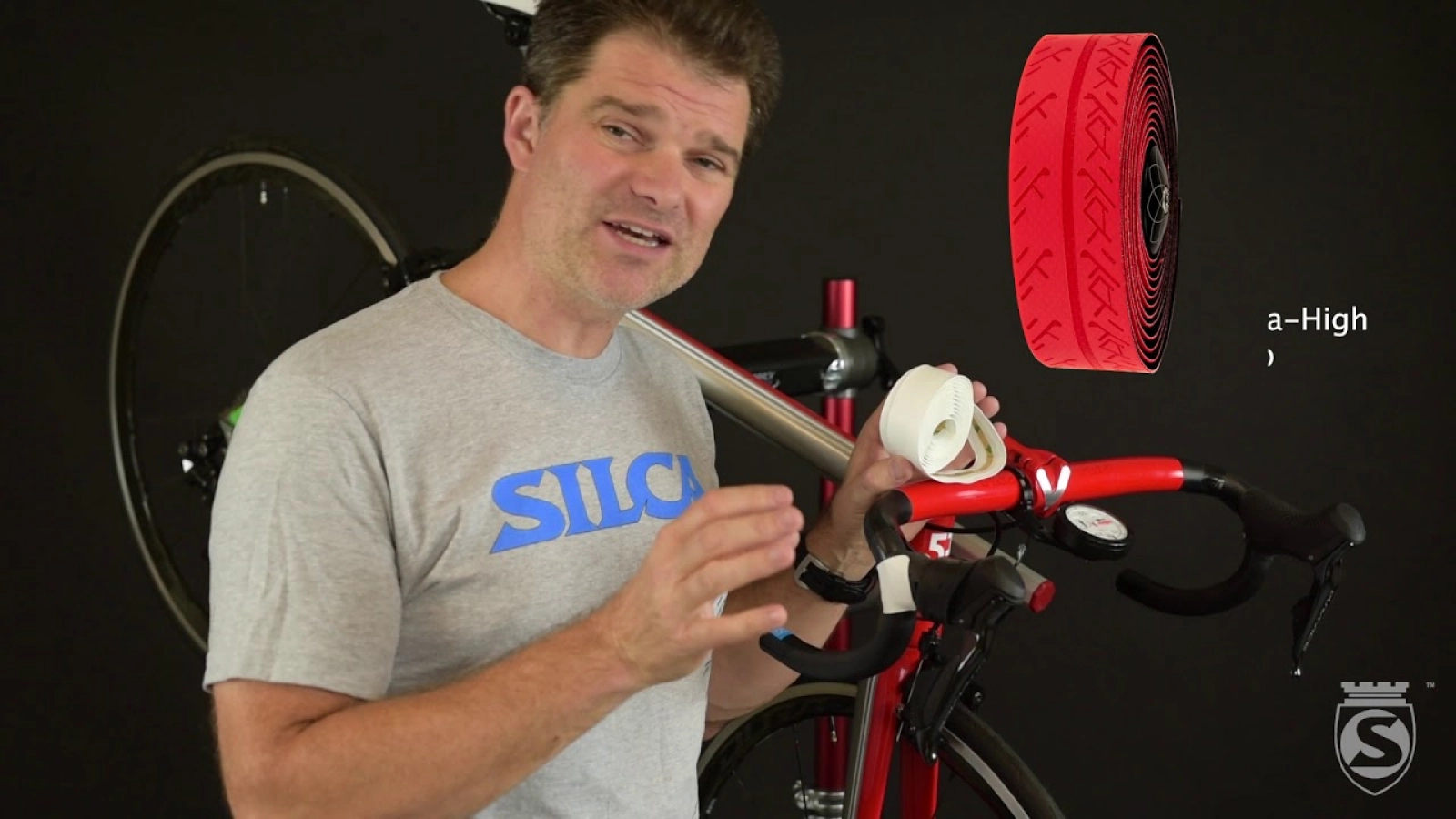
Josh Poertner, CEO of Silca, reaffirms his criticism of hookless road wheels
After the commotion caused by Josh Poertner's statements in a podcast, where he harshly criticized the use of hookless wheels on the road, even going as far as calling them a scam for not meeting the aerodynamic gains they advertise and for conditioning the tire widths and pressures to be used to be safe, the CEO of Silca has had to publish a video on the brand's own YouTube channel clarifying his position.
In the video, he softens his stance "using the word scam may have been a bit strong" although he remains firm in his position "Would you use hookless road wheels? No, I wouldn't. I don't recommend it. I don't want to work with teams that have them."
RECOMENDADO
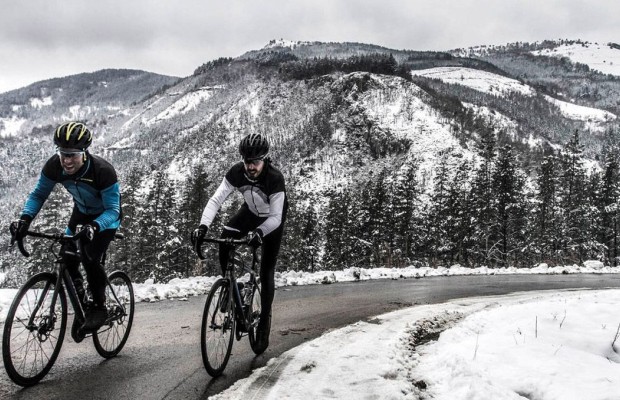
Cycling tips for the Christmas season

What would you do if you won the lottery? This cyclist bought himself a €20,000 bike
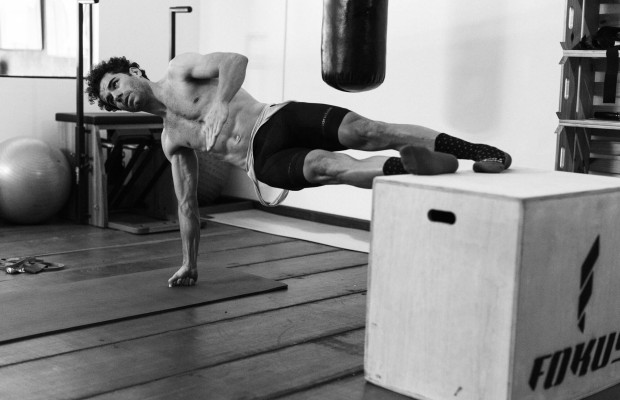
The best exercise routine to do at home
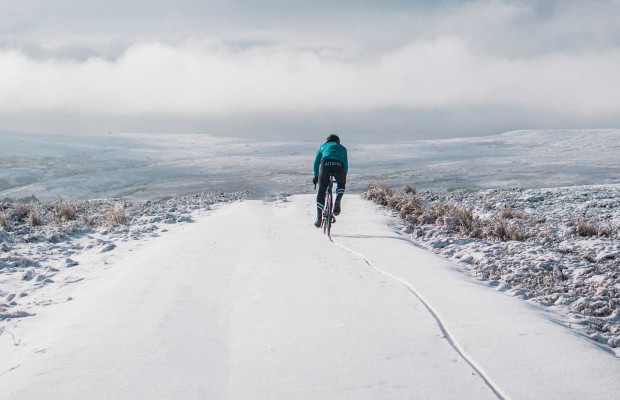
Benefits of training in the cold
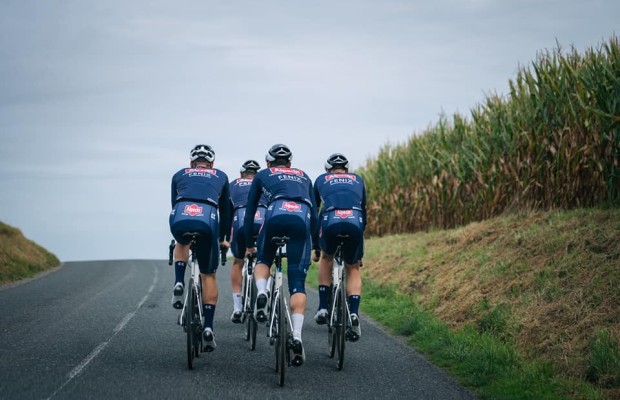
The cyclist's patience: how long, gentle training sessions build your best season
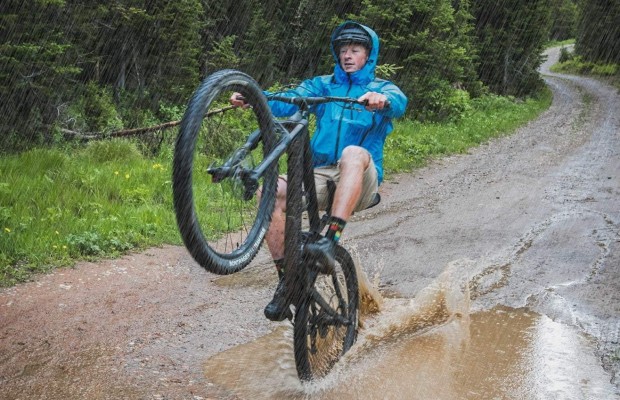
Tips for cycling in the rain
He also emphasizes once again that hookless road wheels, with the throat widths that are used and the current tire size recommendations, are too tight to be considered safe. It should be noted that his rejection is directed solely at hookless road wheels. In gravel or mountain biking, this problem does not exist as the tires used are usually much wider than the rims.
However, in road cycling, despite the trend in recent years towards using wider tires, this increase in size is not sufficient for the width of current hookless rims. The problem arises from how the air pressure inside the tire exerts force. These forces have a radial direction.
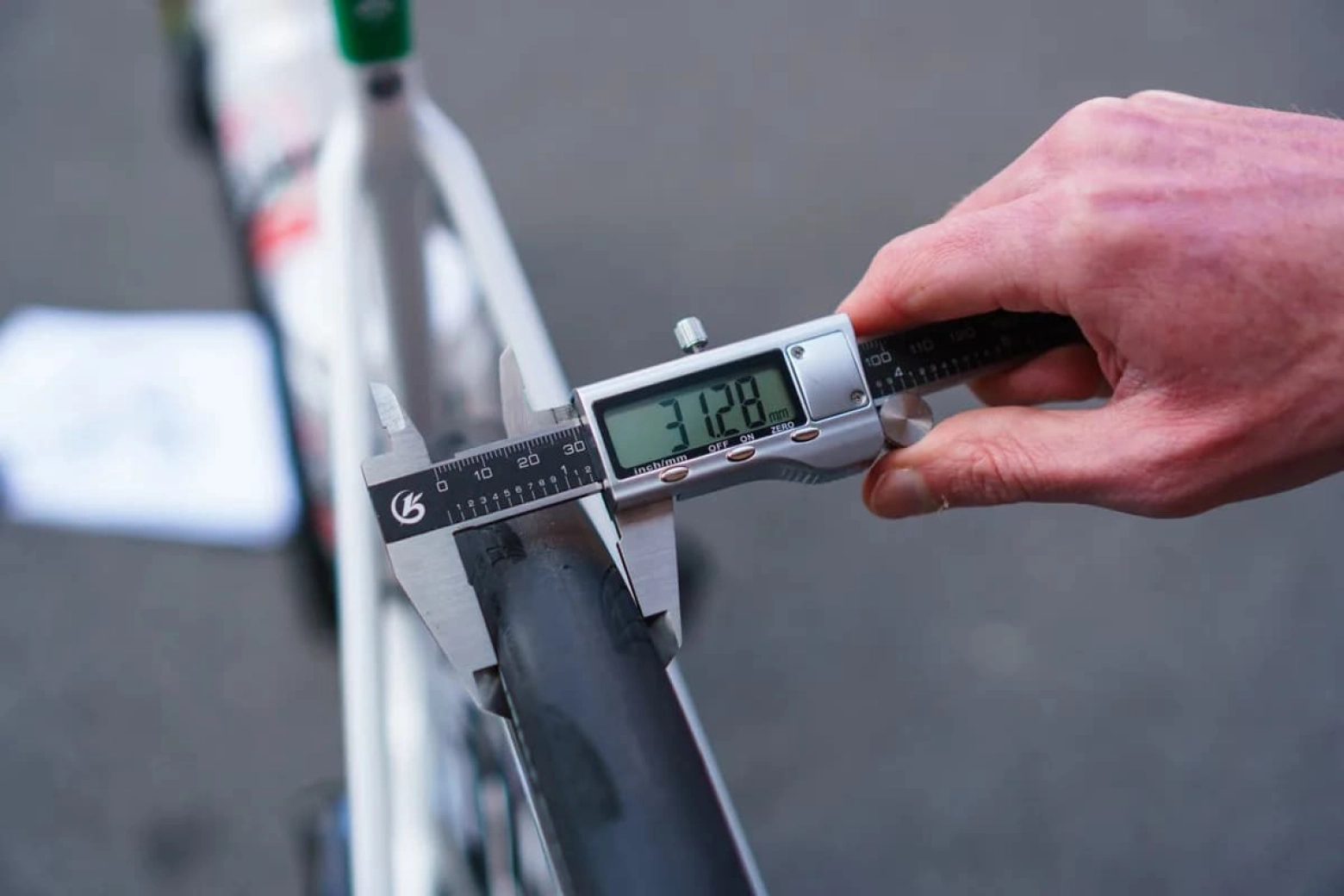
With tires wider than the rims, some of these forces help compress the tire sidewalls against the rim. However, when the tire is not wide enough, the forces that keep the tire on the rim concentrate on the critical sidewall area, leaving in some cases air pressure below it that would tend to push the tire out, so the margin between working pressure and maximum pressure before the tire comes off is too tight to have a safe margin of error.
This is why, from the beginning, many manufacturers had to publish lists of compatible tires or, brands like Vittoria, have launched slightly wider tires to have a greater margin of error. Still, everything is too tight to be considered safe as Josh Poertner reiterates.
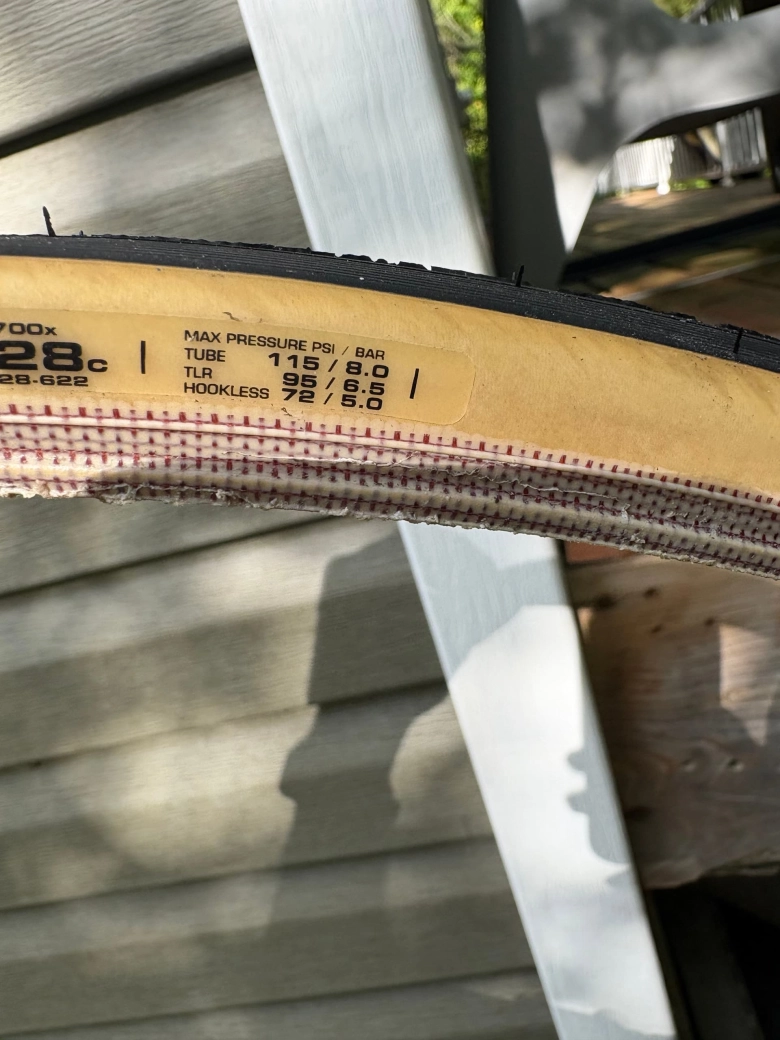
In fact, the margin of error is so tight that a user, relying on their pump gauge, could be putting more pressure on their tires than the system can handle, risking a tire blowout, for example, when this pressure increases slightly during a ride due to temperature changes or loads on the tire when cornering in a descent, the last place where we would want the tire to come off the rim.
As expected, his words have not been well received in the cycling industry and, as Poertner himself explains, after his controversial statements, his email inbox was full of messages from people from brands and concerned users asking for explanations, which is why he has decided to publish this new video where he gives many more details about why he would not use hookless wheels on the road.